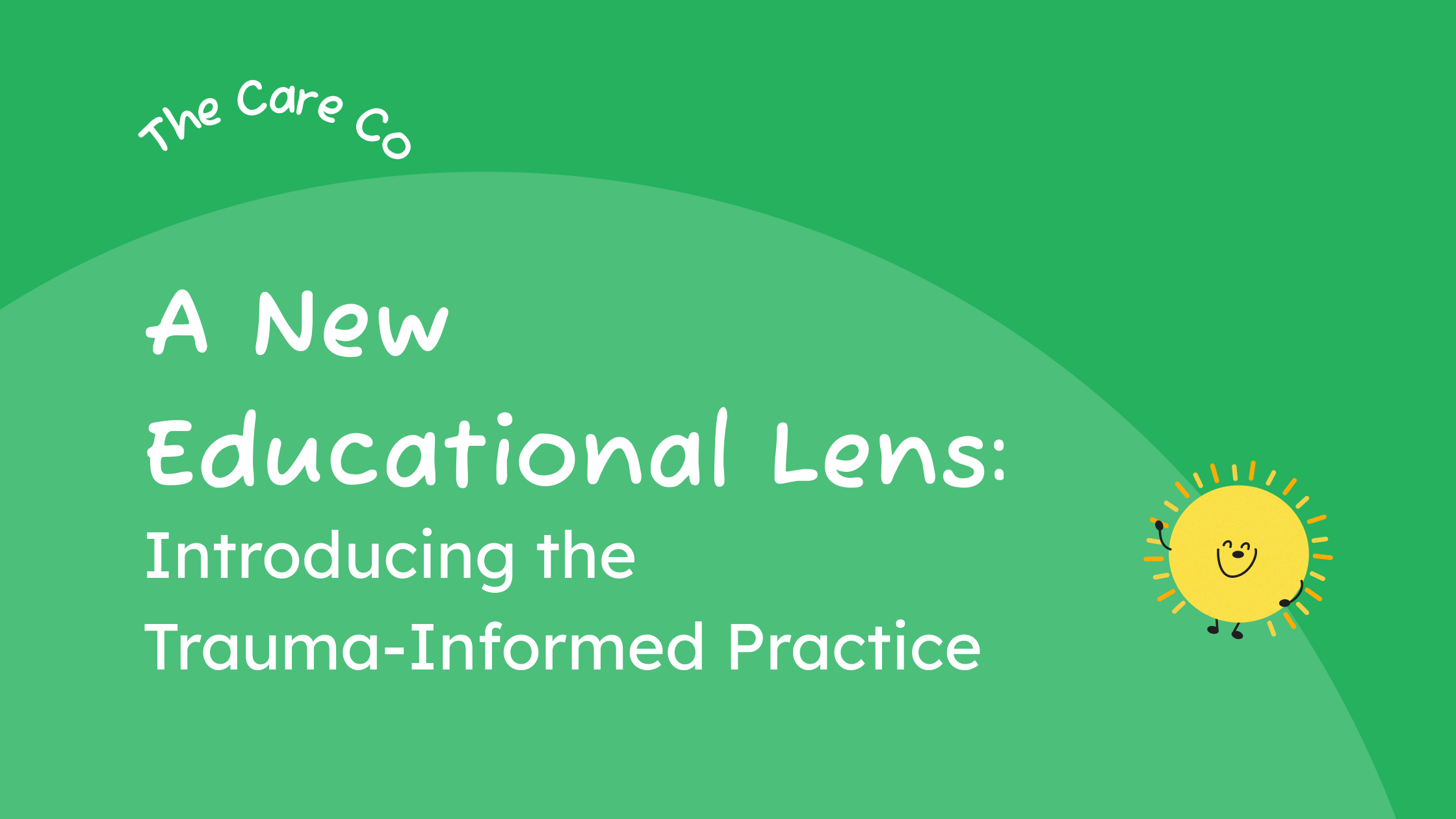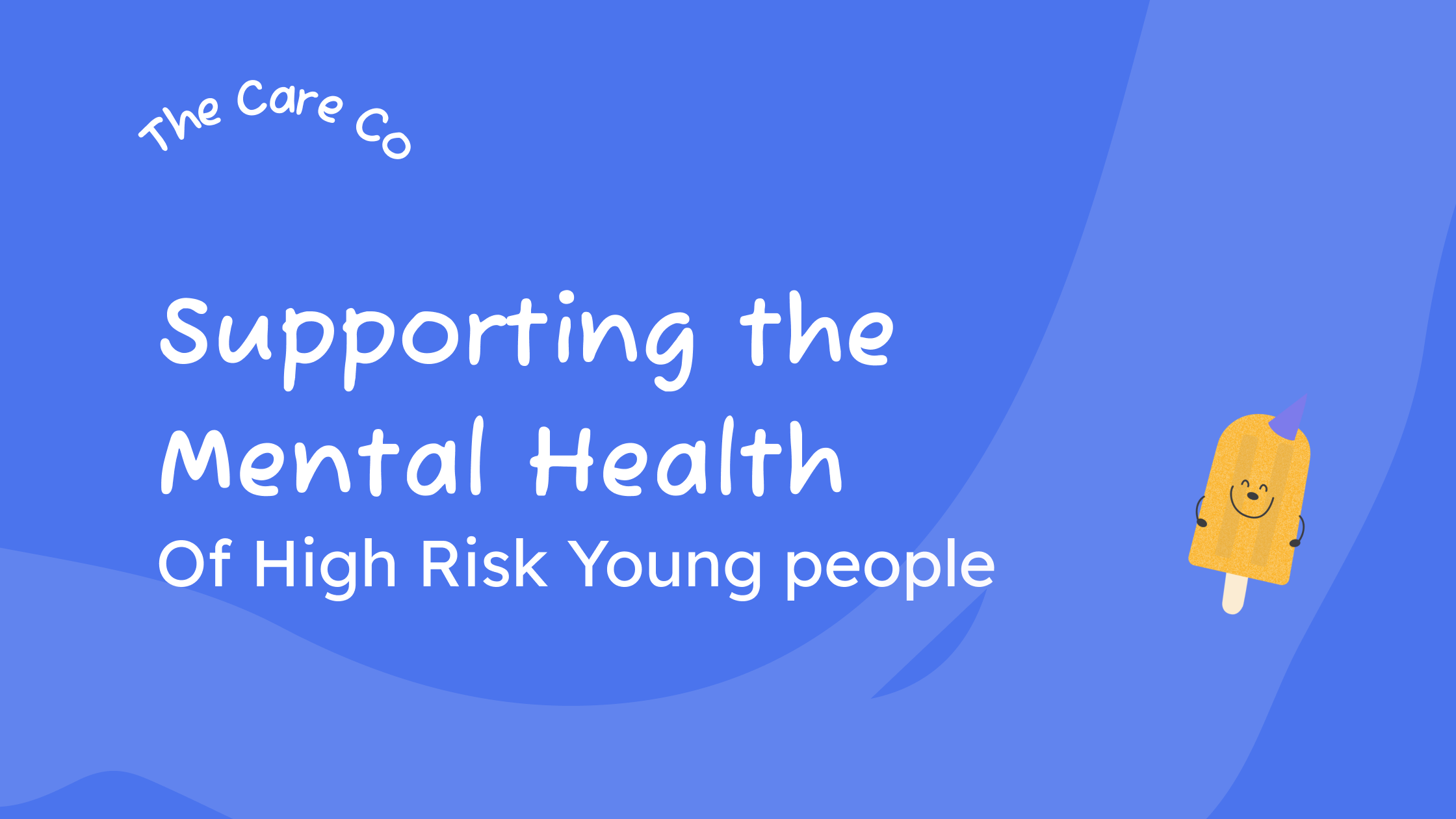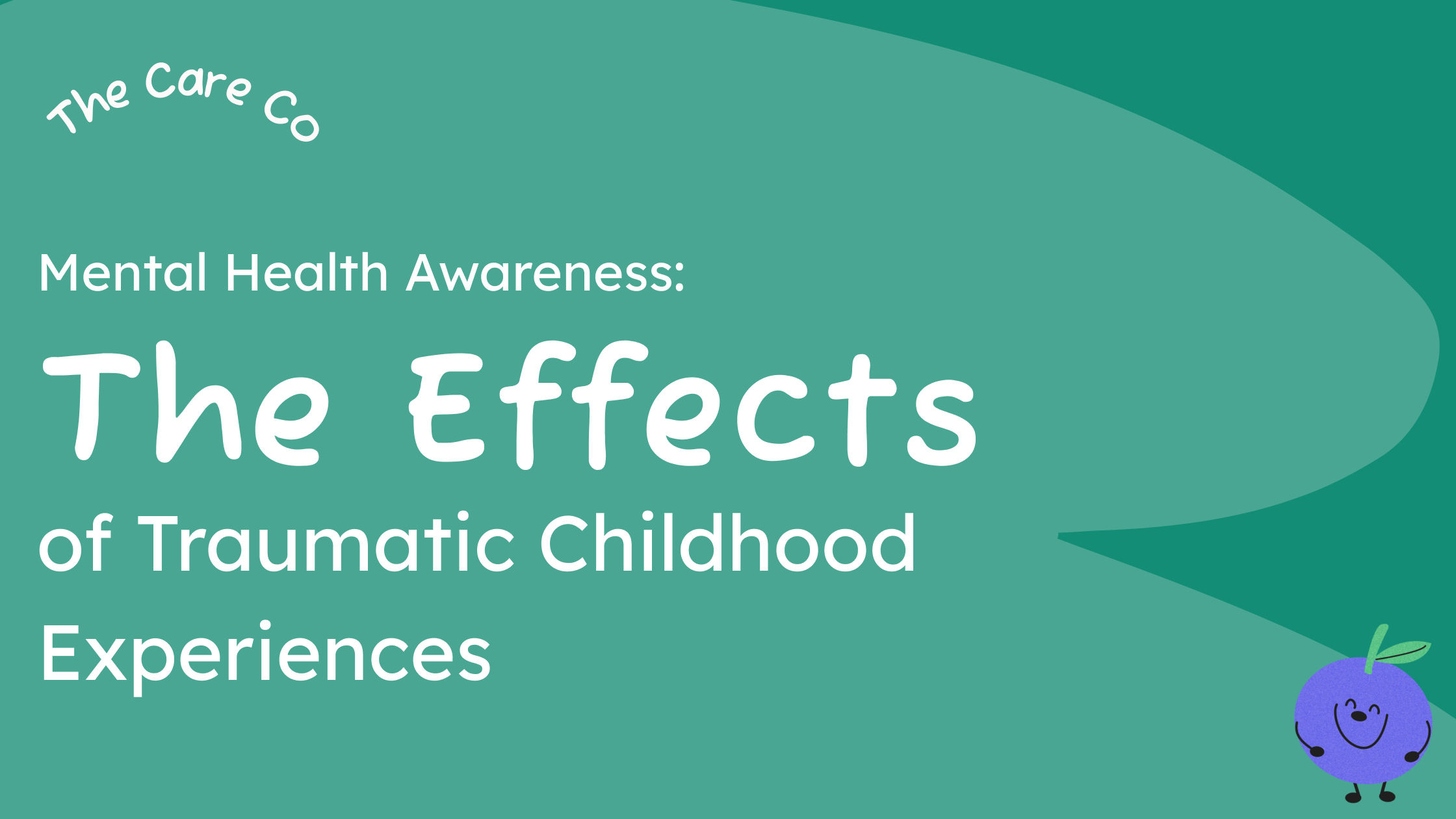A New Education Lens: Introducing the Trauma-Informed Practice

Let’s cut right to it — every child who walks into a classroom carries with them a unique set of experiences. Some of these experiences may include traumatic events that can significantly influence their learning journey.
Sweeping away the misconceptions about trauma, we’re here to introduce the trauma-informed education model. We'll clarify what this model is, why it’s essential, and how you can implement it in your classroom or school. So, are you ready to transform your educational approach? Let's embark on this enlightening journey.
Demystifying Trauma-Informed Education
For educators, administrators, or anyone working with children, the trauma-informed education model is a paradigm shift.

At its core, it involves understanding, recognising, and responding to the effects of trauma on students. Here's why we strongly advocate for this compassionate, understanding approach:
- Enhances student engagement and learning.
- Fosters safe and supportive learning environments.
- Encourages resilience and healing.
The Building Blocks: Implementing a Trauma-Informed Approach
Switching to a trauma-informed education model might seem like a daunting task, but it doesn't have to be. Here are some fundamental strategies that we recommend:
- Educate Yourself and Others: Start by learning about trauma and its effects on learning and behaviour. Share this knowledge with fellow educators, staff, and even parents.
- Create Safe Spaces: Ensure that your classroom is a safe, welcoming place where all students feel accepted and comfortable.
- Foster Strong Relationships: Build trust and understanding with your students. Let them know that you're there to support them, no matter what.
- Empower Students: Encourage self-regulation skills and give students a sense of control over their learning.
Bringing it to Life: Trauma-Informed Education in Action
The transition to a trauma-informed education model can be a transformative experience, not just for students impacted by trauma, but for the entire school community. It fosters empathy, understanding, and stronger relationships, ultimately creating a more inclusive and effective learning environment.

But remember, implementing a trauma-informed approach is not about prying into students' personal lives. It's about creating an environment where students feel safe, understood, and supported, irrespective of their past experiences.
One Step at a Time: The Journey Towards Trauma-Informed Education
Shifting to a trauma-informed education model is not a one-and-done task. It's a journey that requires continuous learning, empathy, and patience. And while it may pose challenges, the rewards — a supportive, engaging, and inclusive learning environment — are well worth the effort.
As we always say, you don't have to do it alone. There are numerous resources, training programs, and supportive communities out there to help you navigate this journey. So, let's take the first step towards a trauma-informed education model today, and together, we can make a lasting difference in our students' lives.

